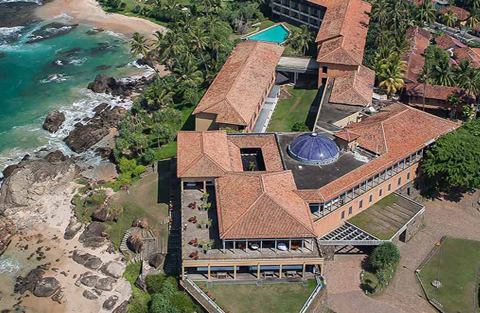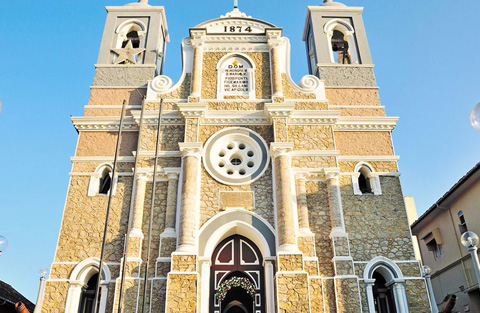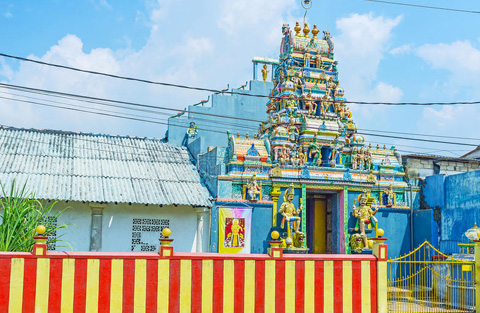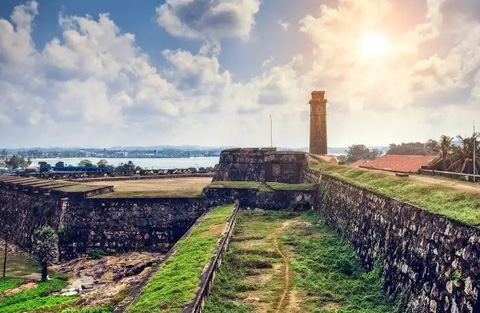DATE & VENUE

DATES - 12th & 13th OCTOBER 2023
VENUE - JETWING LIGHTHOUSE HOTEL, GALLE, SRI LANKA
Galle was known as Gimhathiththa (although Ibn Batuta in the 14th century refers to it as Qali) before the arrival of the Portuguese in the 16th century, when it was the main port on the island. Galle reached the height of its development in the 18th century, during the Dutch colonial period. The major river is Gin River (Gin Ganga) which starts from Gongala Kanda and passes villages such as Neluwa, Nagoda, Baddegama, Thelikada, and Wakwella, reaches the sea at Ginthota. Galle is the best example of a fortified city built by Europeans in south and Southeast Asia, showing the interaction between European architectural styles and South Asian traditions.
The Galle Fort is a world heritage site and the largest remaining fortress in Asia built by European occupiers. Other prominent landmarks in Galle include the natural harbour, the National Maritime Museum, St. Mary's Cathedral founded by Jesuit priests and one of the main Shiva temples on the island.
Galle is the main city in the most southerly part of the island, with a population of around 100 000, and is connected by rail to Colombo and Matara. On 26th December 2004, the city was devastated by the massive Boxing Day Tsunami caused by the Indian Ocean earthquake that occurred a thousand miles away, off the coast of Indonesia. The tidal waves resulted in the tragic loss of thousands of lives, leaving a devastating impact.
Galle offers a unique opportunity to create a visible demonstration of the conservation of its inheritance and is also an exciting, internationally famous tourist destination.






